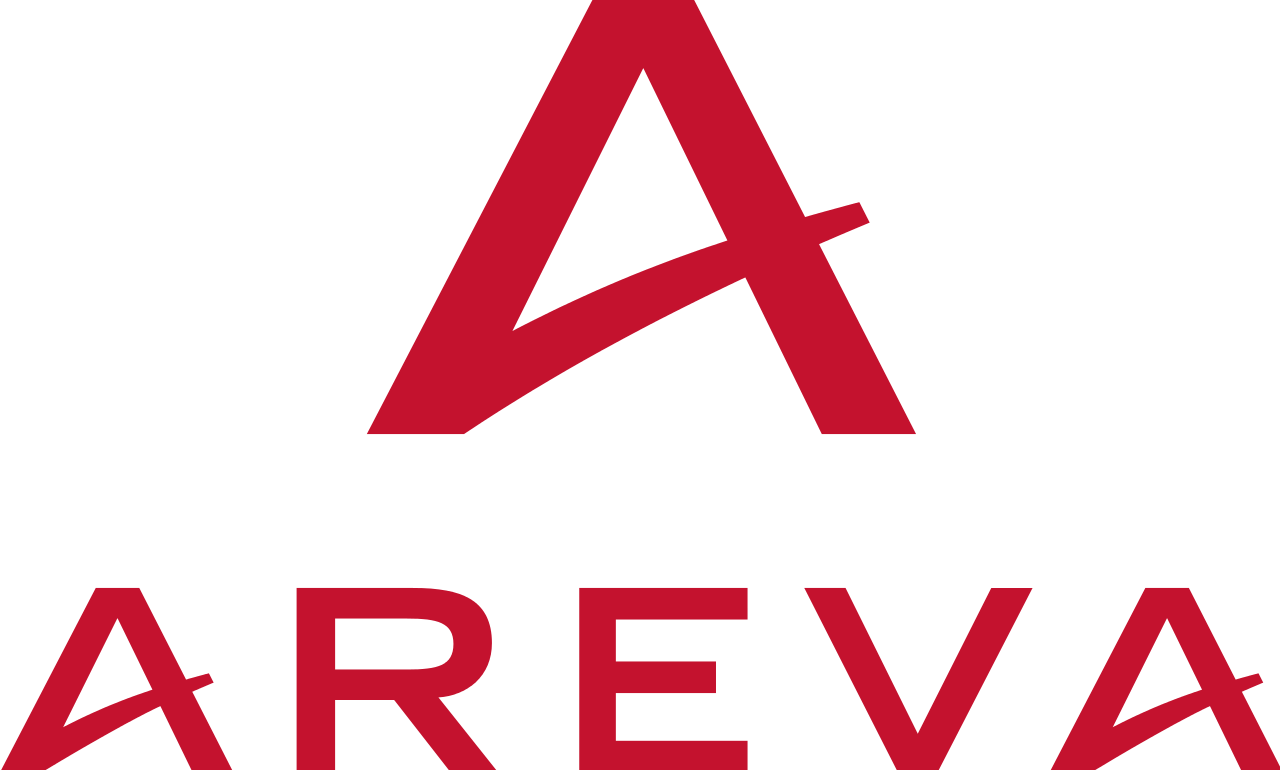Treatment activity:
During this period, the UP3 plant treated 12.33 tons of spent fuel assemblies from Mülheim Kärlich and Isar, german power plants.
From all treated assemblies, a total of 819.33 tons have been processed to date this year.
During this period, 9 canisters of vitrified fission products have been produced(1) in T7, vitrification facility.
Since the beginning of the year, 408 canisters have been produced.
It should be noted that the facility of hulls compaction (ACC) produced 24 canister of compacted residues.
Since the beginning of the year, 716 canisters have been produced.
The actuality, it is also...
One shipment of vitrified waste left on September 6 at 2:46 am the railway terminal of Valognes to Switzerland. It was the fifth return from vitrified residues to Switzerland since 2001, it was a cask, TN81 model, contained 28 canisters of 14.5 tons of vitrified residues. It correspond to 44.2 uranium tons, which allowed to supply more than 1.8 millions Helvetians with electricity during one year.
(1)The fission products (ultimate residues of spent fuel) are incorporated in heated glass to approximately 1100°C. The whole is poured in stainless steel containers. The fission products are an integral part of stable, compact and resistant glass. This process is called vitrification.
